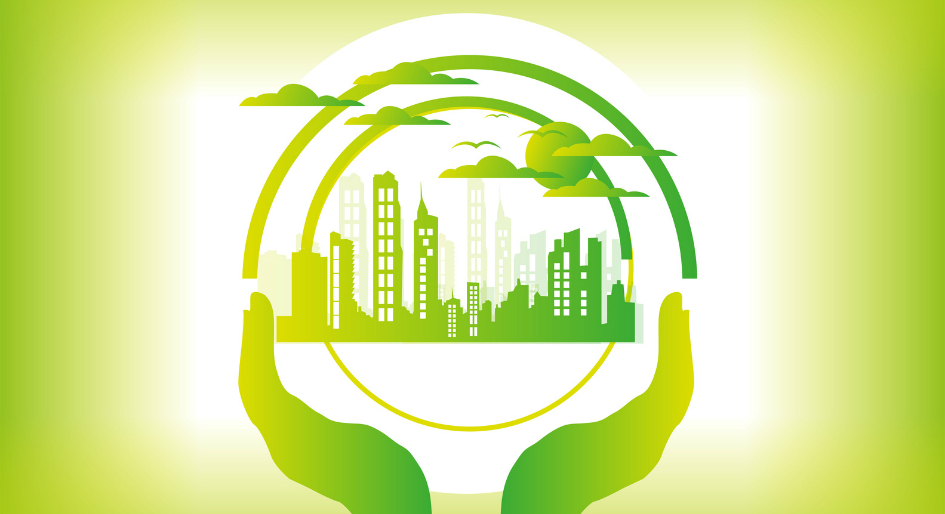Decarbonization, quality of life and ecological conservation and restoration are the underpinning fundamentals of LEED version 5, which has just been released for a first round of public input. Developers at the U.S. Green Building Council (USGBC) expect the next iteration of the rating and certification system will be finalized by early 2025.
“Buildings offer immediate opportunities for addressing climate change, biodiversity loss, equity, health and so much more when they are designed, built, and operated with intent,” maintains Peter Templeton, the USGBC’s president and chief executive officer. “This is the architecture behind LEED v5, which targets areas where accelerated progress is most needed while creating pathways that are accessible and applicable.”
The public is invited to submit comments until May 20 on the proposed updated prerequisites and credits for LEED for new construction, existing buildings and commercial interiors. These will still be organized around various categories of concern, such as energy and atmosphere (EA) and materials and resources (MT), but now they’ll all be tied to at least one of the three identified fundamentals, which a LEED v5 summary document calls “critical to facilitating the transformational changes required in the built environment”.
LEED v5’s decarbonization considerations will cover operational, embodied and transportation-related carbon. Quality of life considerations will encompass a range of “human-centric” strategies, including human and community well-being, and equity and inclusion. Ecological conservation and restoration considerations will address asset-level initiatives to limit environmental degradation and/or rehabilitate and restore ecosystems.
As well, LEED v5 will impose minimum decarbonization requirements for achieving LEED Platinum certification. For new construction and commercial interiors that will include 100 per cent reliance on renewable energy and no on-site greenhouse gas emissions other than for emergency or backup needs. Existing buildings must have low operational emissions, procure renewable energy or generate it on-site and have plans for further operational emissions reduction. All LEED Platinum buildings must be highly energy-efficient, with existing buildings achieving an Energy Star score of at least 80, and new construction and commercial interiors earning all 10 available credits for enhanced energy efficiency.
“Platinum is the highest level of certification available for LEED, and it denotes a level of leadership that is only attained by the most exceptional, high-performing buildings,” the summary document reiterates. “Because of the urgency of reducing carbon emissions, Platinum projects must show leadership in this area.”




